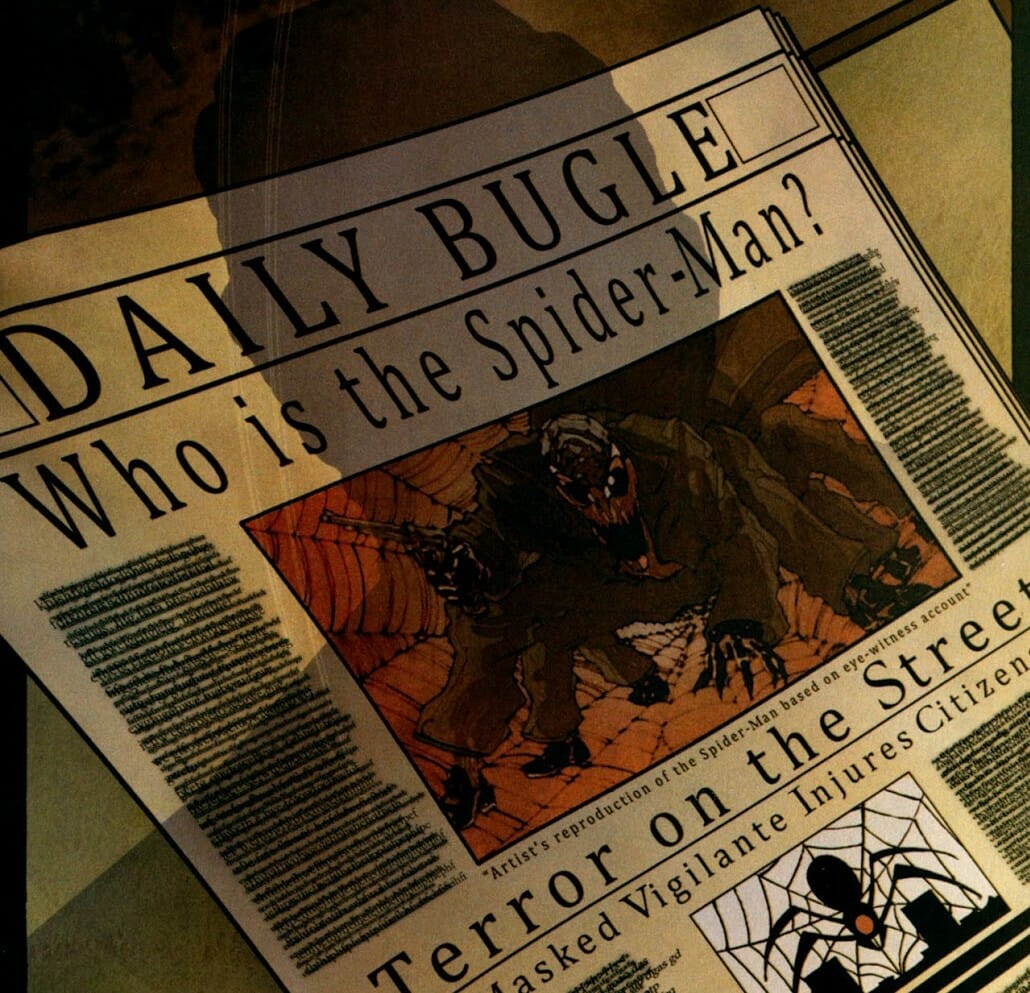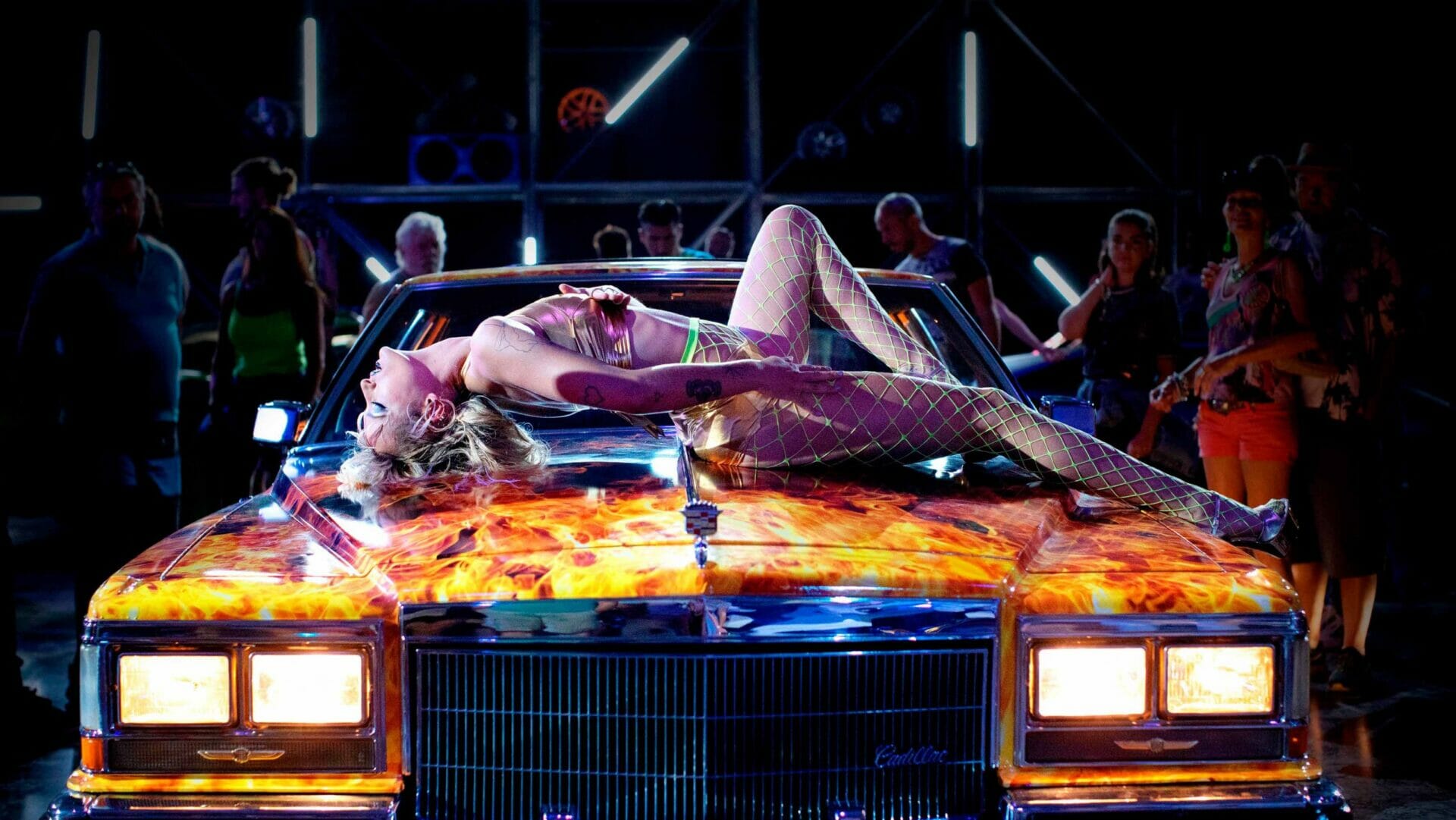
Blade Runner 2049 | On how to be human
Runtime
Blade Runner 2049 is a neo-noir science fiction movie directed by Denis Villeneuve. Released in 2017, it is a sequel to the 1982 movie Blade Runner directed by Ridley Scott.
A legacy of science fiction
Denis Villeneuve was aware of the significance of the original movie. Of its major impact on the entire sci-fi genre and on the history of cinema at large. Blade Runner aesthetically influenced all works in the same genre – and beyond – for decades to come. More than that, it has entered the imagination of entire generations. Hence, there was a huge responsibility for Villeneuve to make a sequel to such an outstanding movie. To rise to the occasion, he made it a collective task. So he invited two fellow filmmakers to develop three short movies that serve as prequels. These depict the key events that take place between 2019 and 2049.
The first one is an anime short movie directed by Shinichiro Watanabe. It shows old replicants, bio-engineered fictional humanoids, who start a series of riots that lead to the Black Out of 2022, which results in them being hunted down and killed. The second one is 2036: Nexus Dawn, directed by Luke Scott. It shows Niander Wallace (Jared Leto) persuading a council of lawmakers of the need to produce his new line of replicants as they are incapable of disobeying. Scott also directed the third and last short movie, 2048: Nowhere to Run. This one takes place a year before the events of Blade Runner 2049 and follows Sapper Morton (Dave Bautista), a rebellious old replicant.
Year 2049
In Blade Runner 2049, a category of police officers in charge of tracking down and eliminating rogue replicants is known as “blade runners”. Agent KD6-3.7 (Ryan Gosling) is one of their detectives. His first mission is to retire Sapper Morton. This leads him to uncover the remnants of Rachael (Sean Young), an old female replicant from the first movie, and the circumstances in which she died. The truth he discovers will deeply trouble him, but perhaps even more so the order of civilization.
A dystopian story with distinctive neo-noir audiovisuals
No doubt, a mix of themes and techniques makes Blade Runner 2049 a slow neo-noir movie, set in a sci-fi world. First, the lighting sets the mood and evolves with the narrative. Cinematographer Roger Deakins calculated the lighting in order to create the proper atmosphere. The visuals consist of chiaroscuro effects, with glowing neons, holographic projections, and shimmering waves receding into the somber backdrop. Constant shadows convey a feeling of mystery and oppression that permeates the city of Los Angeles from a dystopian future.
Second, the sound effects contribute to the noir mood of nostalgia, alienation, and paranoia. For example, the urban soundscape supervised by sound editor Mark Mangini is a mix of aggressive ads, machine sounds, crowd sounds, and polyglot dialogs in the background. Composers Benjamin Wallfisch and Hans Zimmer had to create something completely original – while still honoring Vangelis‘ score of heavy synths, futuristic, sci-fi tones made for the 1982 movie.
Third, production designer Dennis Gassner conveyed the feeling of a gray concrete cityscape, using the shapes, forms, and facades typical of Brutalist architecture. Also, the set was meticulously created with massive miniatures, reinforcing the impression of colossal skyscrapers. Miniature graffiti adorn them to give the feeling of “decay” and the “little moments of existential crisis” (video below). The miniatures designed a world they could control even better for later editing.
A detective of the noir genre at the center
Finally, another essential feature of the noir movie is its plot that revolves around a central male antihero. Here he is Agent KD6-3.7, nicknamed “K”. He is a Nexus-9 replicant, one of the newer models that always obey. He embodies the conflicted antihero and the cynical detective typical of the noir genre. In effect, Agent K is a tough guy with tragic flaws. He appears to be alone in his quest, except for his unique relationship with a female AI program named Joi (Ana de Armas). Even though he gets caught in the middle of fatalistic events, he faces them as a brave and selfless knight devoted to the greater cause. This attitude can be related to the Dark Knight, another famous hardened detective of noir-ish style.
A posthumanist narrative
In this movie, the line between humans and androids becomes so thin that the viewer wonders what makes them essentially different. At some point, K says that the difference lies in the fact that humans are born with a soul. This message echoes other movies that cast cyborgs and humanoids, such as Ghost in the Shell (2017) or Ex Machina (2014).
As a matter of fact, these movies address the issues covered in the posthumanist discourse. According to this philosophical movement, humanness is defined by how it operates, that is, whether it processes pieces of information or emotions like a human. A human being is sentient, sympathetic, and intelligent. And it doesn’t come down so much to its outward appearance. In Blade Runner, the ability of replicants to develop emotional responses makes them dangerously close to humans. Hence the need to test them regularly, as in the case of Agent K’s baseline test.
Nexus replicants possess varying degrees of superior strength, resilience, and intelligence. To differentiate them from humans, the test detects their emotional skills. Any mental or empathetic damage found results in their “retirement”, in other words, their elimination. However, emotions are part of the replicant’s output. In order to better control the replicants, their first manufacturer, the “Tyrell Corporation”, implanted false memories. Hence, they have a basis of human experience and a “cushion for their emotions”. Thus, despite Agent K’s glacial appearance, he is in search of family and meaning in the flashes produced by his memories.
Posthumanism sees the human species as one intelligent system among others. For example, a colony of bees, the Earth’s ecosphere, or a colony of cells are other intelligent entities. In Blade Runner 2049, the appearance of a miracle animates replicants to push for a movement to be recognized as an intelligent entity of equal worth to humans.
A new classic with Villeneuve’s touch
Blade Runner 2049 is a sci-fi movie that one should appreciate slowly and multiple times. Rhythm is precisely one of the foundations of Villeneuve’s cinema, which alternates between approach and revelation. His movies are not purely contemplative; they also prepare the viewer for the moment of revelation. Here, the tension builds up in the sequence that takes place in Las Vegas, leading K to confront Deckard (Harrison Ford) in his search for the truth.
The aesthetic of Blade Runner 2049 leaves a lasting effect on the viewer’s mind, with lighting that creates its own distinguishable signature. Its gloomy neo-noir mood provides an environment conducive to existential questions. Indeed, the story invites the viewer to ponder the future of humankind and its place in the universe.
Tag
Buy a ☕ for Hypercritic










